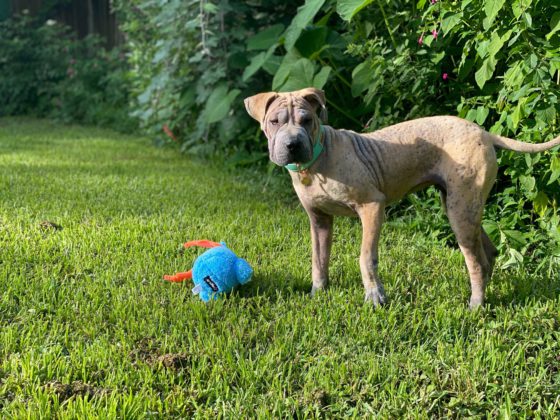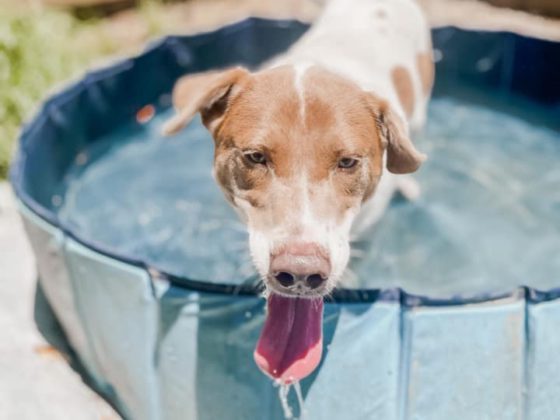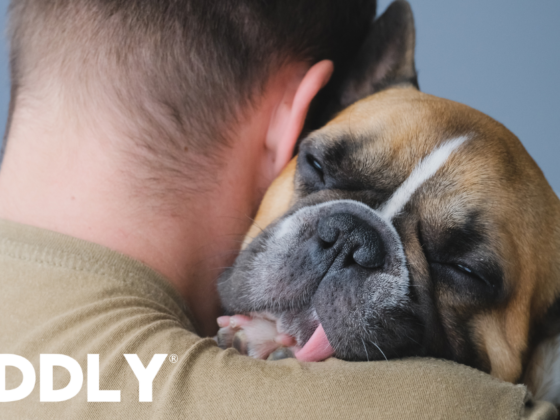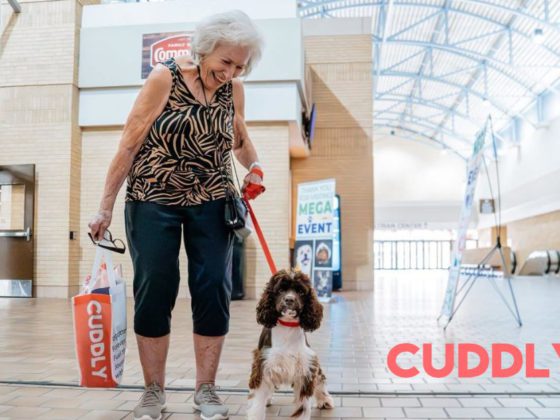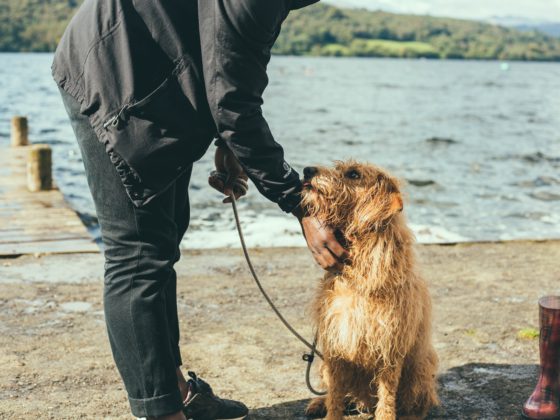The work of a veterinarian should never go unnoticed. In today’s society, veterinarians are the only practicing medical doctors that help protect the health of both animals and humans.
Veterinarians work around the clock to maintain the wellbeing of every species of animals and play a critical role in environmental protection, research, food, safety, and public health. They help keep your pet feeling happy and healthy, which often positively affects your mental wellbeing.
A day in the life of a veterinarian is more than just examining and petting cute dogs all day. Veterinarians often see up to 40 to 50 patients per day with appointments ranging from a simple check-up to the dreaded euthanization of an animal. While most veterinarians are pursuing their passion for animals, the mental toll of seeing sick animals and dealing with difficult human caretakers can become overwhelming.
WeRateDogs recently brought attention to the mental struggles that many veterinarians face through their #EarsToVets campaign.
1 in 6 veterinarians consider suicide at some point in their career and rates of depression are double that of the general public. Veterinary professionals face many challenges, including burnout, financial instability, compassion fatigue, ethics exhaustion and more.
This campaign partnered with Trupanion, Not One More Vet, MightyVet, and The Multicultural Veterinary Medical Society to highlight the challenges that many veterinarians face on a daily basis and shared ways on how the public can help.
Some of these challenges include long hours, short staffing leading to less time off and difficulty maintaining a work-life balance, managing client expectations, and financial limitations. As veterinarians try to wrestle with these issues, these factors lead to serious cases of anxiety, depression, stress, burnout and suicide.
The year 2020 in itself has been stressful for everyone around the world with having to navigate the COVID-19 pandemic. People were stuck at home for months on end looking for ways to keep their minds preoccupied from the chaos that surrounded them. One way people did this was by adopting a furry friend to keep them company.
According to Shelter Animal Counts, which tracks about 500 different shelters and rescues activity, the U.S. recorded 26,000 more pet adoptions in 2020 than the year before. While these numbers are heartwarming to see, the more pets in households means the more pets that need care.
The pandemic created a uniquely challenging time for veterinarians both personally and professionally. Not only were they tasked with taking care of more animals, but they also had to work around the new safety protocols – curbside drop offs and telehealth calls – which has disrupted how practices run.
With veterinarians adopting new safety measures, it essentially affected how they cared for sick and healthy animals, which contributed to delays and longer wait times. According to the American Veterinary Medical Association, for practices with at least four medical FTEs, the increase in wait times increased 20% to 45% above normal wait times. Increased wait time meant more angry patients and less availability of vets throughout the day.
A prime example of how busy these veterinarians have become is Dr. Dutton at Brainerd Animal Hospital in Brainerd, Minnesota. The animal hospital is currently facing a major staff shortage with only having one vet readily available. They have been trying to add a second vet to their team for over a year now, but they’ve had no luck, leaving Dr. Dutton as a one man band.
“With all of the pets that have recently been adopted during the pandemic, we now have a three week waitlist for our patients,” said a member of the Brainerd Animal Hospital staff.
When visiting your veterinarian, it’s important to remind yourself of all the things a vet may have to deal with throughout the day. It is normal to feel stress and anxiety when something happens to your beloved pet, but remember you are not the only one dealing with stress. As a pet owner, there are several things you can do to support your vet.
It’s important to be mindful of the many clients veterinarians see in a day. Bear in mind that your vet may have just performed life-saving or emergency treatment, or even worse, had to euthanize someone’s pet. So even if your veterinarian is running 30 minutes behind, remain courteous and be sure to say ‘thank you’ for the work that your vet and vet tech have done for you and your furry companion.
While the #EarsToVets campaign may have wrapped up, it remains important to show your appreciation for vets all over the world who continue to keep you and your pets happy, healthy, and safe.
Help an animal rescue pay for life-saving veterinary care by donating to one of the animals here.
Read more about the connection between people and pets:
The Hero Company Brings Animals and Humans Together
One Simple Trick for a Well-Behaved Dog
HOUSTON HERO: From Full-Time Teacher to 200 Pups Saved and Counting


